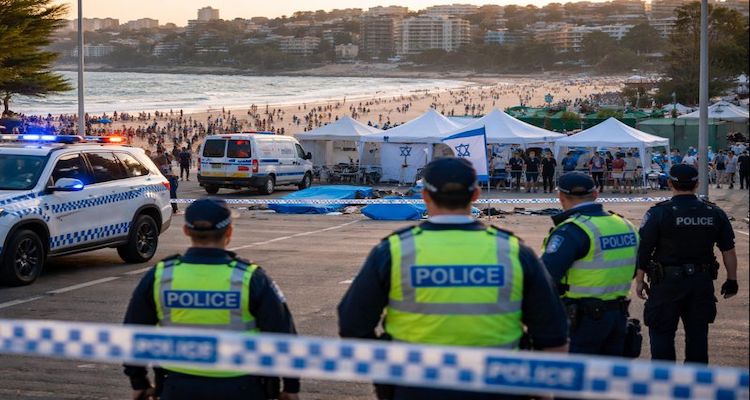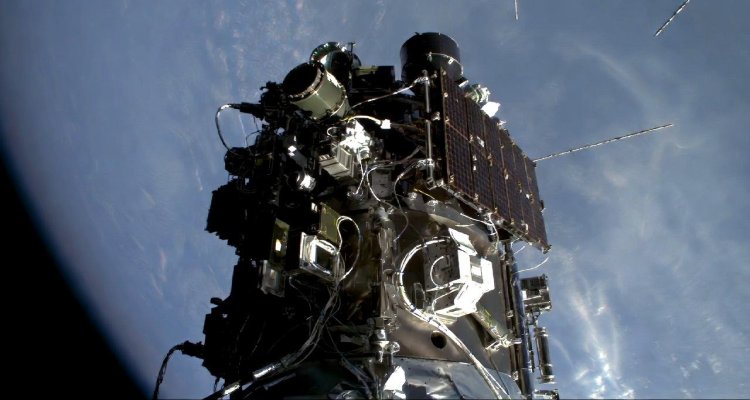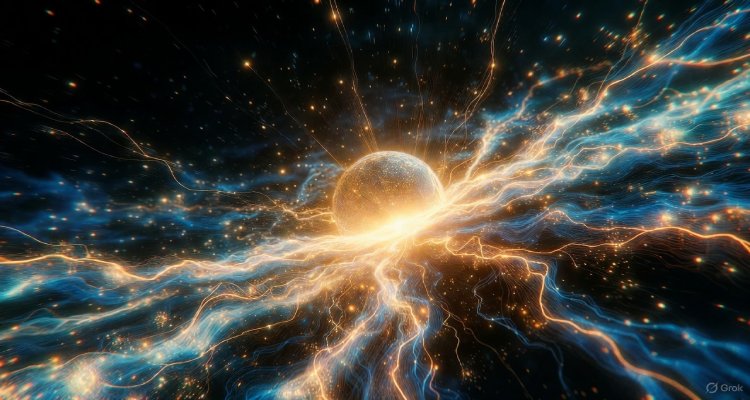Zombie Ice and Sleeping Volcanoes: Earth’s Quietest Warnings
Zombie ice and dormant volcanoes may seem inactive, but these silent forces hold clues to our planet’s most dramatic changes. Here’s why we should be listening.
Introduction: Whispers from a Warming Planet
In a world attuned to loud disasters—raging wildfires, record-breaking hurricanes, and earthquakes that rattle cities—some of the most ominous warnings arrive in silence. No alarms blare. No sirens scream. Instead, there’s just a slow melt beneath a glacier or an ancient volcano that hasn’t erupted in centuries beginning to stir. From Greenland’s “zombie ice” to long-dormant volcanoes showing signs of life, Earth’s quietest threats are now speaking up—and we may not be ready to listen.
Context & Background: The Calm Before the Storm
Zombie ice, a term coined by glaciologists, refers to sections of glacier ice that are no longer being replenished by snowfall and are destined to melt away. This phenomenon is most dramatically playing out in Greenland, where massive sheets of aging, doomed ice silently contribute to global sea level rise. It’s not a question of if it will melt—it’s when, and how quickly.
At the same time, sleeping volcanoes—those that haven’t erupted in decades or even centuries—are showing signs of seismic and geothermal unrest. While they might not command daily headlines, the danger they pose is far from dormant. Some, like Mount Rainier in the U.S. or Campi Flegrei in Italy, are situated near major population centers, posing a significant risk.
Though often overlooked, these slow-moving geophysical processes are no less consequential than headline-grabbing natural disasters. Their creeping nature makes them all the more insidious.
Main Developments: Silent Shifts with Global Implications
In 2022, a team of scientists published a chilling projection in the journal Nature Climate Change: Greenland’s zombie ice alone could raise global sea levels by at least 10 inches, even if climate change halted immediately. This ice is no longer “alive” in the glacial cycle—it’s cut off from replenishment and fated to melt, locked into the Earth’s thermal future.
Meanwhile, the Campi Flegrei caldera near Naples—home to more than half a million people—has been experiencing increased ground uplift and small quakes, suggesting pressure is building beneath its surface. A 2023 study from Italy’s National Institute of Geophysics and Volcanology suggested the volcano is edging closer to a potential eruption.
And it’s not just Europe. In Alaska, the long-dormant Mount Edgecumbe volcano surprised scientists in 2022 with unexpected seismic activity. Across the Pacific, in Japan and Indonesia, sleeping giants are stirring—reminding us that dormancy does not mean extinction.
Expert Insight: What the Science Says
“Zombie ice is a death sentence,” says Jason Box, a glaciologist with the Geological Survey of Denmark and Greenland. “It’s just a matter of time before it all melts. And when it does, the impact on coastal communities worldwide will be devastating.”
Volcanologists echo similar concerns for seemingly inactive volcanoes. Dr. Christopher Kilburn, a volcanologist at University College London, warns that places like Campi Flegrei are entering a “critical phase” after decades of slumber. “The longer a volcano sleeps,” he notes, “the more powerful its awakening can be.”
The public, however, remains largely unaware. Media attention often flocks to immediate disasters. But these creeping threats need just as much scrutiny, experts argue—because once the warning becomes a reality, it’s too late to prepare.
Impact & Implications: What Happens If We Ignore the Silence?
The global implications are staggering. If all the zombie ice in Greenland melts, cities from Miami to Mumbai could see devastating floods. Coastal economies, already battling rising tides and storm surges, will face existential threats.
Likewise, a major eruption from a long-silent volcano near urban areas could lead to mass evacuations, air travel disruptions, economic chaos, and widespread loss of life. These aren’t worst-case hypotheticals—they are probabilities tied to geological inevitabilities.
And yet, funding for glaciological and volcanological monitoring remains limited in many regions. Climate models often underestimate the impact of so-called “locked-in” melt. Urban planners rarely account for the risk posed by seemingly inactive volcanoes. We’re planning for yesterday’s disasters, not tomorrow’s certainties.
Conclusion: Listening to Earth’s Quiet Alarms
Zombie ice and sleeping volcanoes may seem like poetic metaphors—but they’re scientific realities with the power to reshape our world. They’re reminders that not all threats come with a roar. Some creep up beneath our feet or melt beneath our gaze.
Ignoring these quiet alarms doesn’t make them any less deadly. It makes us less prepared.
As climate systems shift and geological activity stirs, it’s time we pay attention to the Earth’s most hushed warnings. Because by the time they shout, we may have run out of time to act.
Disclaimer: This article is for informational purposes only and should not be construed as scientific or emergency preparedness advice. Always consult professional sources for environmental and safety updates.











